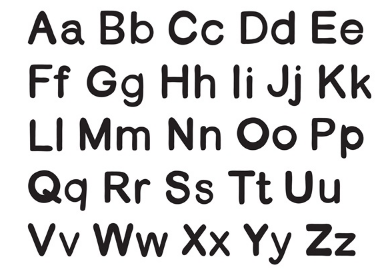高中英语同位语从句学习方法一
一、同位语从句的定义和特点

在主从复合句中作同位语的从句称为同位语从句。
同位语从句一般用that, whether,what, which, who, when, where, why, how 等词引导,常放在fact, news, idea, truth, hope, problem, information, wish,promise, answer, evidence, report, explanation, suggestion, conclusion等抽象名词后面,说明该名词的具体内容。换言之,同位语从句和所修饰的名词在内容上为同一关系,对其内容作进一步说明。
例:The news that they had won the game soon spread over the whole school.
他们比赛获胜的消息很快传遍了整个学校。
析:they had won the game说明The news的全部内容,因此该句为同位语从句。
二、正确运用同位语从句的引导词,准确把握同位语从句
引导同位语从句的连接词
|
|
功能 | 例词 |
| 从属 连词 | 只起连接作用,不充当从句中的任何成分。 | that, whether |
| 连接 代词 | 既起连接作用,又在从句中担任成分(主语、宾语、表语或定语)。 | who, what ,whose, which |
| 连接 副词 | 既起连接作用,又在从句中担任成分(状语)。 | when, where, why, how |
| 复合代词 & 复合副词 | 既起连接作用,又在从句中担任成分(主语、宾语、表语或定语、状语)。 | whoever, whatever, whichever, whenever, wherever, however |
高中英语同位语从句学习方法二
1.如同位语从句意义完整,应用that引导同位语从句。(即that 不充当任何成分,只起连接作用,不可省略)
例:The general gave the order that the soldiers should cross the river at once.
将军下达了战士们立即过河的命令。
析:the soldiers should cross the river at once是the order的全部内容,且意义完整,因此应用that引导同位语从句。
2.如同位语从句意义不完整,需增加"是否"的含义,应用whether引导同位语从句。(if不能引导同位语从句)
例:We'll discuss the problem whether the sports meeting will be held on time.
我们将讨论运动会是否会如期举行的问题。
析:the sports meeting will be held on time意义不完整,应加"是否"的含义才能表达the problem的全部内容,因此应用whether引导同位语从句。
3.如同位语从句意义不完整,需增加"什么时候"、"什么地点"、"什么方式"等含义,应用when, where, how等词引导同位语从句。
例1:I have no idea when he will be back.
析:he will be back意义不完整,应加"什么时候"的含义才能表达idea的全部内容,因此应用when引导同位语从句。
例2:I have no impression how he went home, perhaps by bike.
析:he went home意义不完整,应加"如何"的含义才能表达impression的全部内容,因此应用how引导同位语从句。
4.当主句的谓语较短,而同位语从句较长时,同位语从句常后置。
如:The thought came to him that maybe the enemy had fled the city.
三、把握同位语从句和定语从句的区别,明确同位语从句和相似从句的界限
同位语从句和定语从句相似,都放在某一名词或代词后面,但同位语从句不同于定语从句。同位语从句对名词加以补充说明,是名词全部内容的体现,且名词和同位语从句的引导词均不在从句中作成分;定语从句说明先行词的性质与特征,与先行词是修饰与被修饰的关系,且名词和定语从句的引导词均在从句中作成分。
区分时可以在先行词与从句之间加一个系动词be,使之构成一个新句子,如果句子通顺且符合逻辑,则为同位语从句,反之,则为定语从句。
如:The report that he was going to resign was false.
因为the report was that he was going to resign 句意通顺,所以,that he was going to resign 是同位语从句。
四、典型例题
1. Some researchers believe that there is no doubt____ a cure for AIDS will be found.
A. which B. that C. what D. whether
2. A warm thought suddenly came to me ____ I might use the pocket money to buy some flowers for my mother's birthday.
A. if B. when C. that D. which
3. Nobody believed his reason for being absent from the class ________ he had to meet his uncle at the airport.
A. why B. that C. where D. because
4. Along with the letter was his promise _______ he would visit me this coming Christmas.
A. which B. that C. what D. whether
5. Danby left a word with my secretary ____________ he would call again in the afternoon.
A. who B. that C. as D. which
